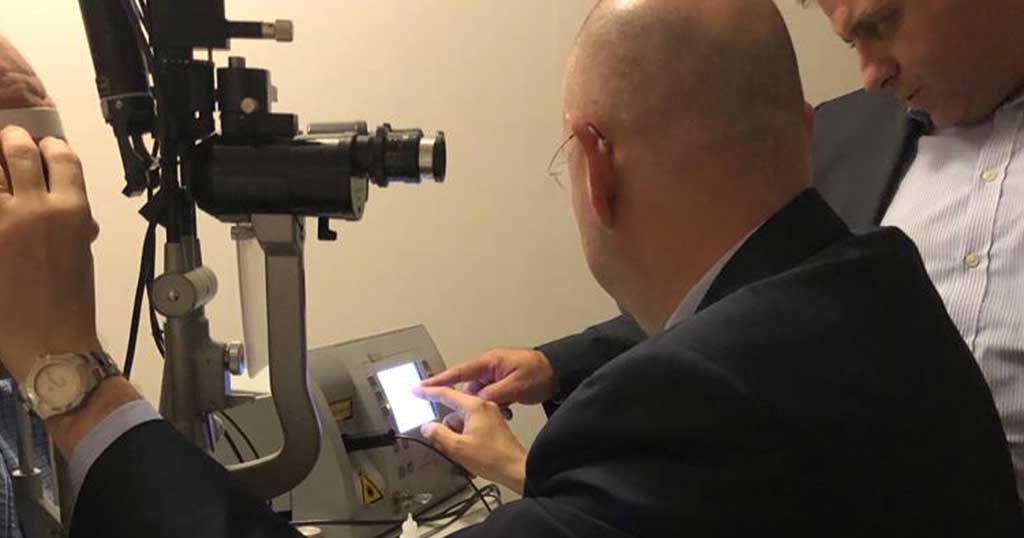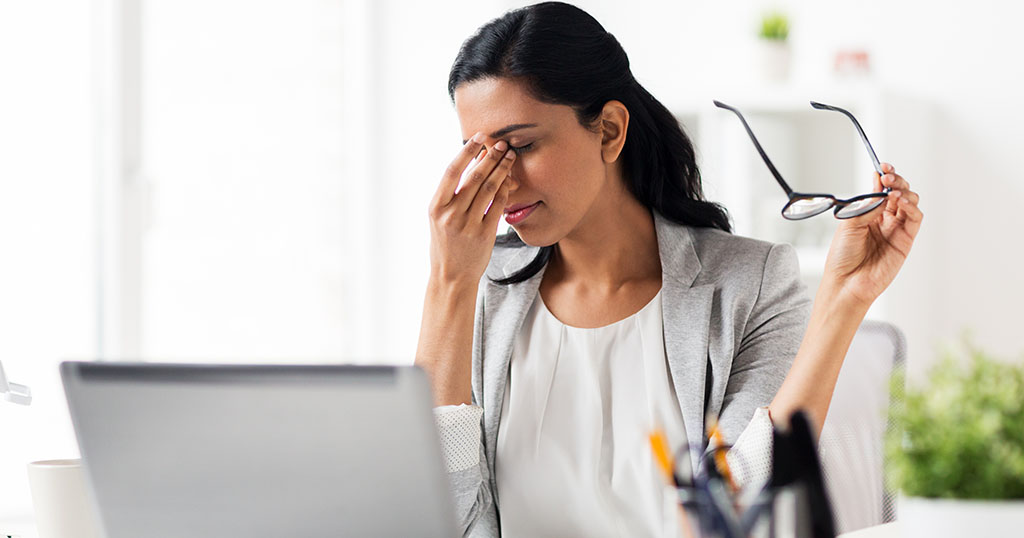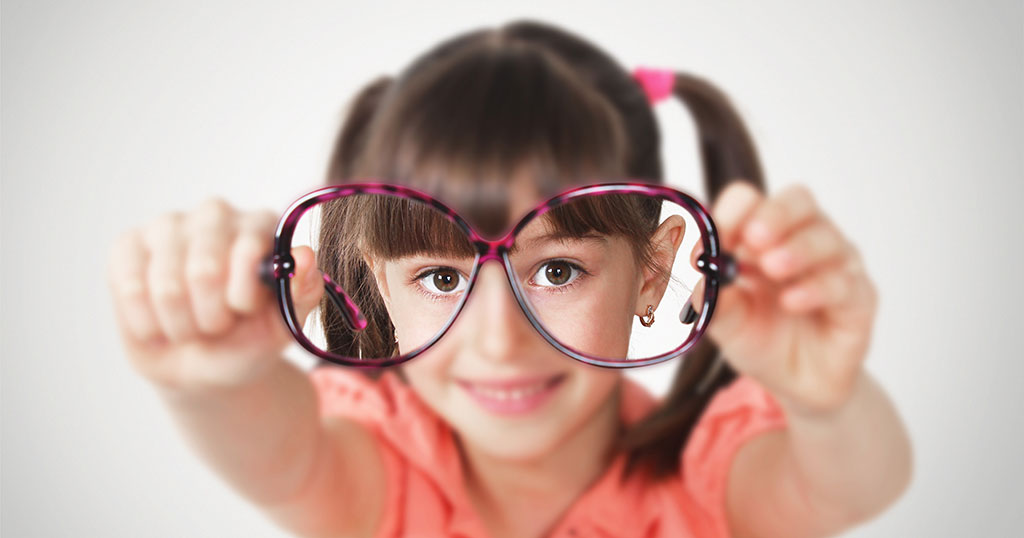19 March 2019 (Dubai – United Arab Emirates): Moorfields Eye Hospital Dubai, the first overseas branch of the Moorfields London hospital, has introduced a new advanced treatment for retinal conditions – some of the common eye problems facing people in the Middle East.Photodynamic therapy (PDT) is a treatment that involves the use of light-sensitive medication… Continue reading Moorfields Dubai introduces new state-of-the-art non surgical treatment for some of the region’s common retinal conditions
Reasons Why You Shouldn’t Rub Your Eyes
This week’s blog on Reasons Why You Shouldn’t Rub Your Eyes has been contributed by Dr Luisa Sastre, Specialist Ophthalmologist in Medical Retina 5 Reasons Why Rubbing/Touching Your Eyes Is Not A Good Idea Many of us tend to rub or touch our eyes frequently (consciously or not) during the course of every day. But… Continue reading Reasons Why You Shouldn’t Rub Your Eyes
Signs that your child has a vision problem
A child’s education, development, future job, self-esteem, and confidence are all linked to good vision. 80% of a child’s learning takes place visually, and 1 in 5 of them has a vision issue that interferes with their ability to learn, according to the American Optometric Association. Following are some learning impairments linked to eyesight issues:… Continue reading Signs that your child has a vision problem


